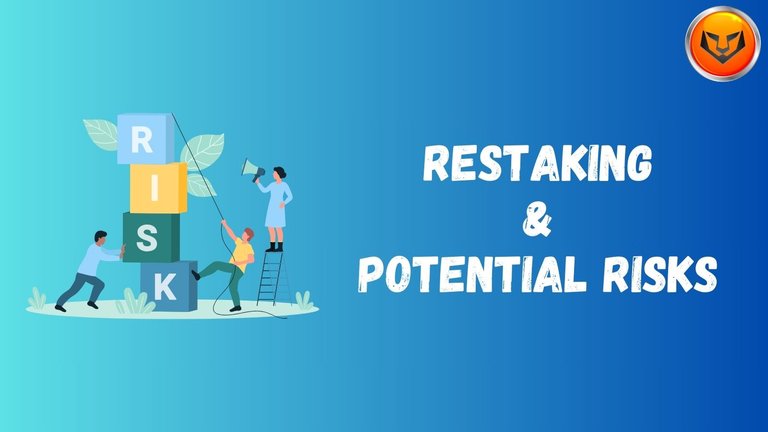The restaking concept has attracted a lot of liquidity and attention as the platforms such as Renzo and Eigen Layer have become so popular. The ideology behind the restaking is pretty basic: providing enough liquidity layers for all blockchains.
With the restaking, most of the platforms try to provide a sustainable and deep liquidity pool for the investors who want to enjoy their cross - chain DeFi experience. To be able to enjoy staking your Ethereum for around 4% APR and farm the platform points, all you need to do is locking your Ethereum on a platform.

Once your Ethereum is locked, you are given xETH, yETH, zETH tokens that you can go and restake on another, generally younger, restaking platform. This sounds like a pyramid scheme or a fraud but this is the way the projects work. If you have enough experience in crypto ecosystem, you will be able to spot the " Achilles heel " in the case: the risk of depeg.
EzETH Got Depegged
Nothing surprising but it happened. The ETH restakers who wanted to use their funds in a new project to farm some airdrop points caused a depeg in the price of this liquid token.
Since the liquidity pool on Renzo was not deep enough to cover the swap with a low price impact, the sell - off triggered a massive drop in the price of staked Ethereum. Inevitably, the price of EzETH tested $700 and triggered lots of liquidations of leveraged positions.

The liquidity pool has recovered but it is still below the 1 : 1 peg ratio. Though there is a 4% discrepancy, this is not a big deal for many of small cap investors. However, there is a hidden risk behind that.
Many people borrow ETH and stake it on one platform and restake it on another to create a restaking farm cycle. Once a collateralized position is liquidated, the positions have to be closed.
According to Cryptonomist, the liquidation rate reached up to $340M!
On this kind of platforms it is indeed possible to put ezETH as collateral, borrow stablecoins like USDC, buy other ezETH with the stablecoins, and potentially repeat the cycle indefinitely.
The restaking might be very useful for the crypto ecosystem but there must be a mechanism that limits the deposit of leveraged positions for the sake of both the platform and the investors. I have some investment in the restaking projects but putting in a huge some is not my type of investment. I would rather having staking rewards from AAVE or Compound since the risks are more predictable.
In the next bull - market, there will be a hype on these projects since they bring something new to the ecosystem. However, please keep in mind that these projects may not be able to generate a successful revenue model to add value to their token. In such cases, we need to assess the risks and make our investment decisions accordingly. I will not stay away from the new trend but my involvement in restaking will be rather limited.
What do you think about the trend of restaking and the potential risks of the concept?
Share your thoughts below 👇
Hive On ✌️
Posted Using InLeo Alpha